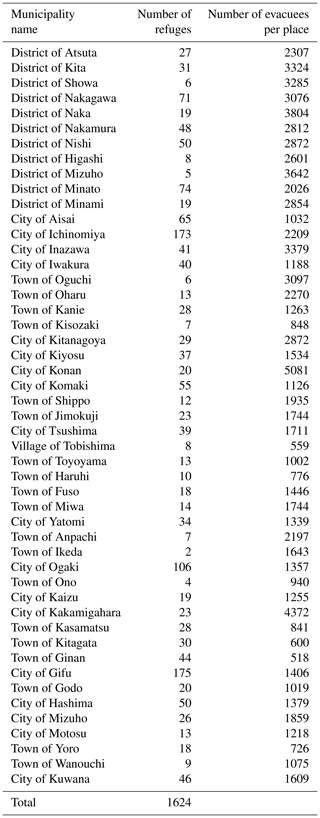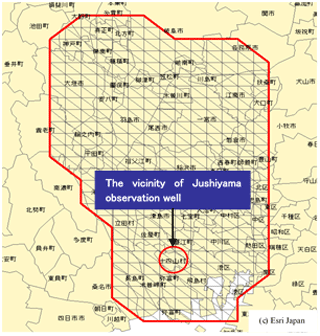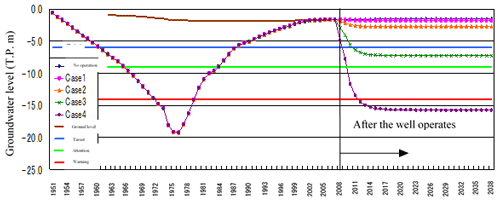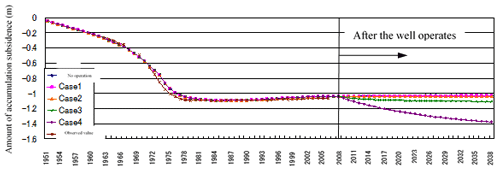Management of groundwater in the Nobi Plain that modeled groundwater use for earthquake disasters and environmental preservation
The pumped discharge of groundwater increased rapidly in Japan during the period of fast economic growth since the beginning of the 1960s. As a result, land subsidence has been observed, including throughout the Nobi Plain. Laws have led to restrictions on the collection of underground water, and pumped discharge has gradually reduced. In recent years, the groundwater level that had formerly decreased has begun to rise again, leading to less land subsidence. However, as groundwater levels rise, the occurrence of new problems is feared, such as the danger posed by liquefaction. In this study, an analysis was conducted on the changes in the state of groundwater based on future groundwater-use scenarios and forecasts of land subsidence. This involved thinking about the effective use of groundwater to prevent excessive rises in groundwater levels, using a three-dimensional groundwater-flow analysis and a perpendicular one-dimensional subsidence consolidation analysis. As a result, it was shown that it would be beneficial to use groundwater as a means of continuous environmental preservation and as the water resource at the earthquake disaster. At this time new wells were set up at the refuge of the disaster specified in the Nobi Plain. And the remarkable land subsidence was not caused by pumped discharge.












